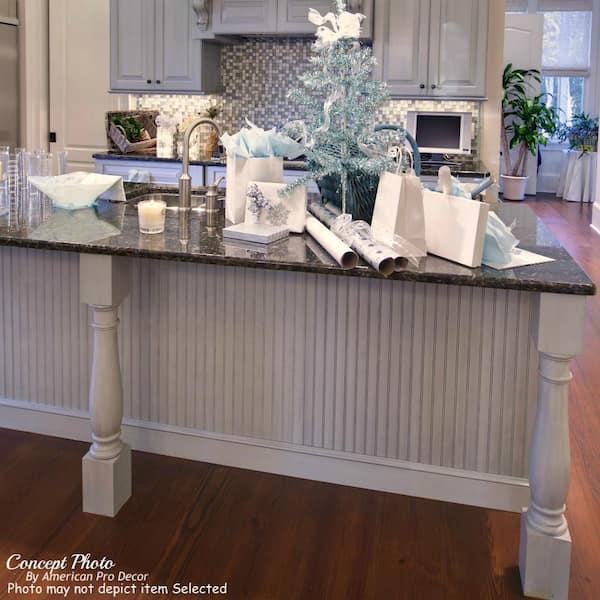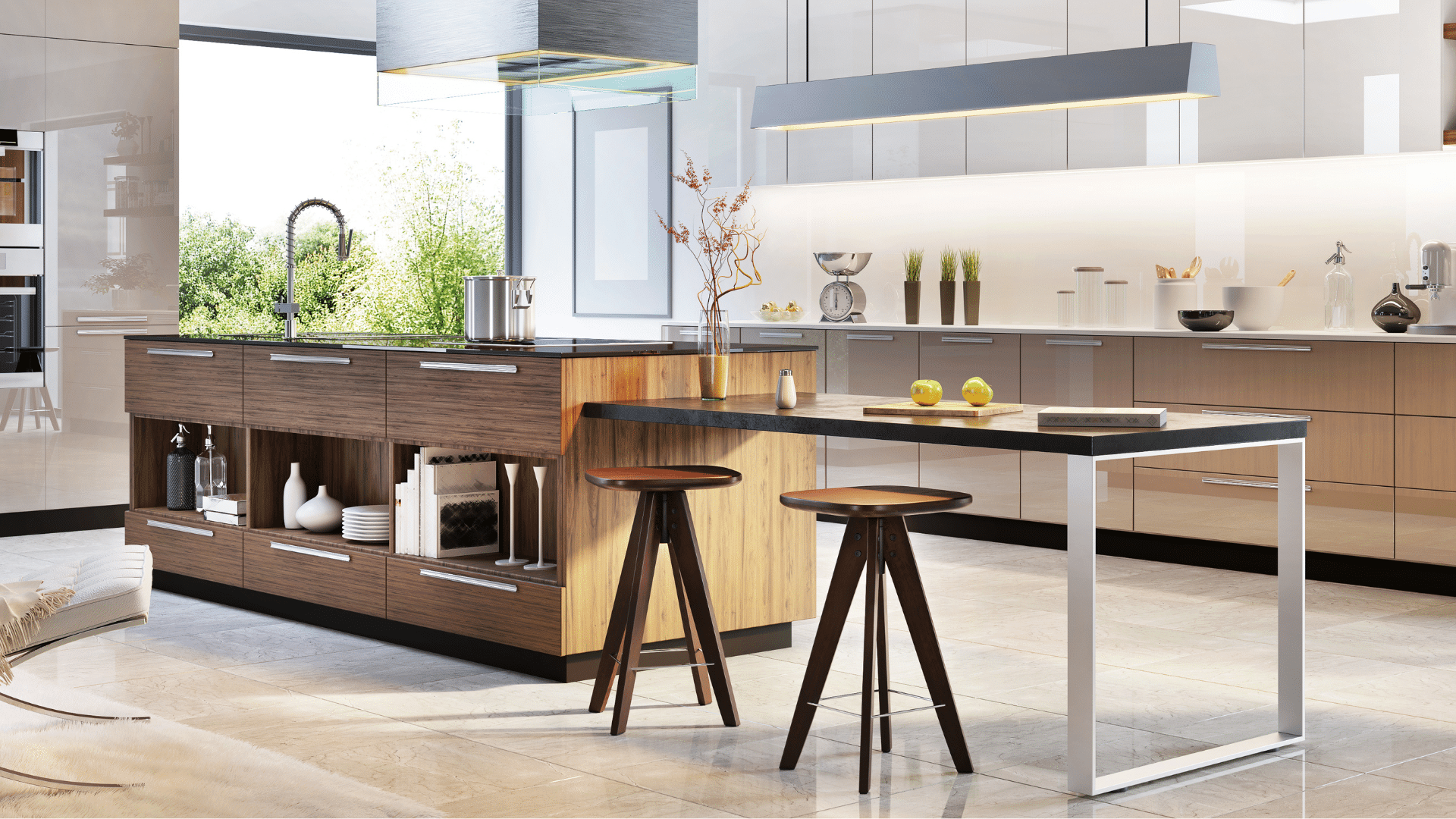Kitchen Island Legs for Modern and Standard Kitchens
Kitchen Island Legs for Modern and Standard Kitchens
Blog Article
An Overview to Choosing the Perfect Kitchen Area Island for Your Home
Comprehending your kitchen's spatial characteristics is the first action, making sure that the island fits seamlessly without interrupting the flow. The option of finishes and materials likewise plays an essential role in integrating the island with your kitchen area's overall design.
Evaluating Your Room
Prior to picking a cooking area island, it is necessary to completely examine your room to make sure the enhancement will be both practical and visually pleasing. Begin by gauging the readily available location, consisting of the size, length, and elevation of the kitchen area. Accurate dimensions are essential to prevent purchasing an island that overwhelms the room or one that is disproportionately small.
Consider the existing format and exactly how the island will integrate with the current traffic flow. A well-placed island should not block pathways or impede access to important appliances, such as the fridge, sink, and cooktop. Leave adequate clearance space-- commonly around 36 to 48 inches on all sides-- to enable for comfy motion and work area effectiveness.
Following, assess the all-natural light and sightlines within your kitchen. An island that obstructs a window or interrupts visual communication can make the space feel cramped and dark. Consider exactly how the island's positioning will affect lighting and exposure, guaranteeing it improves instead than interferes with the kitchen's setting.
Determining the Purpose
Establishing the function of your kitchen island is an important step in ensuring it fulfills your details needs and choices. Prior to delving right into layout or size considerations, it is important to clarify what main feature the island will serve in your kitchen area. Will it be a central center for meal prep work, a laid-back dining location, or possibly an added storage option?
For those that delight in food preparation, incorporating devices such as a cooktop or sink may be necessary. Additionally, sufficient counter area for blending and cutting, in addition to available storage space for kitchen tools and components, can transform the island into an effective workstation. On the other hand, if the island is meant to assist in social interactions or serve as a dining location, seating setups come to be extremely important. In this instance, making certain adequate legroom and surface for comfy dining experiences is important.

Picking the Right Dimension
Choosing the best size for your cooking area island is an equilibrium of performance and area optimization. An optimal kitchen area island should give adequate workspace while ensuring that motion around the kitchen area stays unblocked. Begin by determining your kitchen room; a minimum clearance of 36 to 42 inches around the island is needed to allow for comfy activity and accessibility.
The measurements of the island should show its intended usage. If the island will offer mainly as her comment is here a prep area, a size of 24 to 36 inches may be adequate.

Last but not least, make sure that the island's dimension matches the overall cooking area design, preventing any kind of frustrating visibility that may detract from the kitchen area's aesthetic and energy - kitchen island legs. Careful preparation and precise dimensions will help you achieve a unified and effective cooking area environment
Picking Materials and Finishes
After determining the proper dimension for your cooking area island, the next step entails picking ideal products and coatings. The choice of materials considerably affects both the visual charm and functionality of your kitchen area island. Popular materials for countertops consist of butcher, granite, and quartz block, each offering distinct benefits. Granite, recognized for its longevity and timeless sophistication, is extremely immune to scratches and warm. Quartz, an engineered stone, offers a non-porous surface that stands up to microorganisms and stains. Butcher block, made from wood, includes a cozy, rustic beauty and is perfect for cooking.
Along with the kitchen counter, think about the products for the island base. Solid wood offers a traditional, tough look, while stainless steel provides a sleek, modern-day appearance and is simple to tidy. Repainted surfaces can introduce a splash of color, with options ranging from muted pastels to vibrant, vibrant colors.
When choosing finishes, ensure they complement the general cooking area style. Matte surfaces my blog provide a contemporary feeling, while glossy surfaces can produce a refined, high-end appearance. Focus on the longevity of coatings, specifically in high-traffic locations, to maintain the island's appearance gradually. Choosing the best products and surfaces will boost both the capability and aesthetic appeal of your kitchen island.
Integrating Useful Attributes
Integrating functional functions right into your kitchen area island can considerably improve its energy and convenience, changing it right into a flexible focal point of your cooking area. One vital feature to consider is extra storage space. Incorporating cupboards, drawers, and open shelving can offer much-needed area for pots and pans, utensils, and little devices, aiding to preserve a clutter-free setting.
One more important addition is a built-in sink or cooktop, which can simplify dish prep work and clean-up processes. A sink can help with tasks such as washing vegetables and cleansing dishes, while a cooktop can permit cooking directly on the island, promoting a much more social and interactive cooking experience.
Consider incorporating seating choices, particularly if your kitchen area increases as a casual eating location. Bar feceses or integrated benches can change the try this island into a multifunctional area for dishes, research, or laid-back events.
Finally, incorporating electric outlets right into your cooking area island can boost its usefulness. Electrical outlets offer practical accessibility for little cooking area appliances, charging stations for electronic tools, and added illumination choices.
Verdict

Prior to picking a cooking area island, it is crucial to thoroughly assess your space to ensure the addition will certainly be both useful and cosmetically pleasing.Picking the appropriate dimension for your cooking area island is an equilibrium of performance and area optimization. kitchen island legs. An optimal kitchen area island ought to offer ample workspace while making certain that activity around the kitchen area stays unimpeded.Incorporating functional features into your kitchen island can significantly boost its utility and ease, changing it into a versatile focal point of your kitchen area.In final thought, selecting the ideal cooking area island requires an extensive assessment of the readily available area, clarity concerning its main function, and cautious consideration of the ideal size and products
Report this page